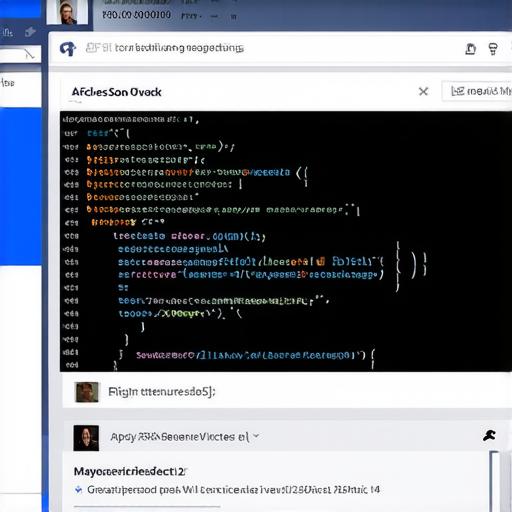Facebook is a social media platform that has revolutionized the way people communicate and share information. With over 2.8 billion monthly active users, it is one of the most widely used platforms in the world.
What is Software?
Software refers to a set of instructions that allows a computer to perform specific tasks. It can be categorized into two types: system software and application software.
System software includes operating systems, device drivers, and other programs that control the computer’s hardware, while application software includes programs designed for end-users, such as web browsers, word processors, and gaming applications.
Facebook as Software: An Overview
Facebook’s functionality can be classified into several different categories, including social media, messaging, e-commerce, and content creation. Facebook’s platform provides users with a wide range of features and tools that allow them to interact with each other, create and share content, and communicate with friends, family, and colleagues.
One of the key aspects of Facebook’s functionality is its user interface (UI). The platform’s UI is designed to be intuitive and easy to use, allowing users to quickly access and navigate through various features and tools. The platform also includes a variety of APIs (application programming interfaces) that allow developers to create custom applications and integrate them with Facebook’s functionality.
Another important aspect of Facebook’s functionality is its algorithms. The platform uses sophisticated algorithms to analyze user behavior, interests, and preferences, allowing it to deliver highly relevant content and advertisements to users. This functionality enables the platform to generate revenue through advertising, which is a significant part of its business model.
Facebook as Software: A Case Study
One example of Facebook’s software-like functionality is its use of artificial intelligence (AI) to improve user experience. In recent years, Facebook has been investing heavily in AI research and development, with the goal of creating more intelligent and personalized experiences for users.
For example, the platform uses AI algorithms to analyze images and videos posted by users, allowing it to automatically tag and categorize them based on their content. Another example of Facebook’s software-like functionality is its use of machine learning (ML) to improve advertising performance. The platform uses ML algorithms to analyze user behavior and preferences, allowing it to deliver more relevant and effective ads to users.

This functionality enables the platform to generate revenue through advertising, which is a significant part of its business model.
Facebook as Software: A Comparison with Other Platforms
When comparing Facebook’s functionality to other platforms, it becomes clear that it shares many similarities with application software. Like other applications, Facebook provides users with a wide range of features and tools that allow them to perform specific tasks.
The platform also includes APIs that allow developers to create custom applications and integrate them with Facebook’s functionality.
However, there are also some key differences between Facebook and other platforms. For example, Facebook’s focus on social media and communication sets it apart from other applications, which may be more focused on specific tasks or functions. Additionally, the platform’s massive user base and global reach make it a unique entity in the software world.
Facebook as Software: A Conclusion
In conclusion, whether Facebook should be classified as software or not is a complex issue that depends on how one defines software. While Facebook’s functionality shares many similarities with application software, it also includes features and tools that are more commonly associated with system software.
Ultimately, the debate about whether Facebook should be classified as software will continue, but one thing is clear: the platform’s impact on the world of technology and communication cannot be overstated.
